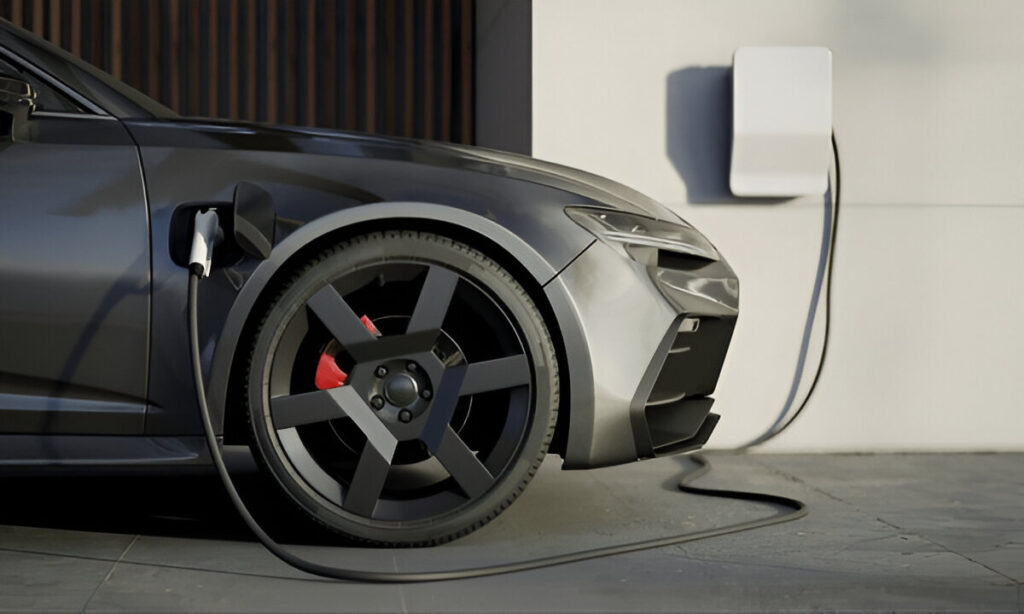Motion-activated lighting is rapidly becoming a standard feature in commercial and industrial settings, and for good reason. These systems don’t just add convenience—they play a critical role in safety, energy efficiency, and security. Whether installed inside hallways or as part of outdoor security lights, motion-activated systems are a smart investment for any workplace looking to modernize its lighting strategy.
In this article, we’ll explore the top benefits of installing motion-activated lighting in work environments, and how it contributes to a safer and more cost-effective space.
1. Enhances Workplace Security
The primary reason businesses install outdoor security lights with motion sensors is to deter unauthorized access and improve visibility after dark. When lights activate automatically in response to movement, they can catch intruders off guard and signal to employees or security personnel that someone is on-site.
This is especially valuable for warehouses, offices with night shifts, and retail storefronts. Pairing motion lights with outdoor hanging lights not only improves appearance but also reinforces perimeter security.
2. Improves Employee Safety
Workplace safety doesn’t end when the sun sets. Employees arriving early or leaving late can face hazards in dark parking lots, loading docks, or poorly lit corridors. Motion-activated lights ensure these areas are illuminated when needed—without wasting energy.
Additionally, combining motion lights with well-placed landscape lighting can enhance safety around walkways, stairwells, and building entrances, reducing the risk of slips or falls.
3. Reduces Energy Consumption
Unlike traditional lighting systems that remain on regardless of need, motion-activated lights only operate when activity is detected. This greatly reduces unnecessary energy usage, especially in infrequently used areas such as breakrooms, storage rooms, and outdoor zones.
Installing LED-based low voltage landscape lights with motion sensors is a smart way to save on power bills while still maintaining high-quality illumination.
4. Extends Bulb Life and Reduces Maintenance
Because motion-activated lights are only on when needed, their components last significantly longer than always-on lighting. This reduces maintenance costs over time and minimizes the disruption caused by frequent bulb changes—especially in hard-to-reach places like high exterior walls or ceilings.
Using weather-resistant outdoor wall lights with integrated sensors is ideal for long-term durability, particularly in commercial settings exposed to the elements.
5. Increases Automation and Smart Building Integration
Motion-activated lighting is a natural fit for smart building systems. These setups can integrate lighting with security systems, HVAC controls, and even energy management dashboards. Business owners can monitor usage, detect unusual activity, and automate lighting schedules for improved efficiency.
If you’re considering upgrades as part of a broader system overhaul, don’t forget to include power safety features such as smoke detector installation and surge protection for maximum building safety.
Where to Install Motion-Activated Lighting
Here are key locations in your workplace where motion-activated lights can make the biggest impact:
- Building entrances and exits
- Parking lots and loading docks
- Emergency stairwells and hallways
- Conference rooms and storage areas
- Breakrooms and utility closets
Conclusion
From improved security to lower utility bills, motion-activated lighting—especially when used as part of your outdoor security lights system—offers a wide range of benefits for workplaces of all sizes. These smart lighting solutions help protect your property, safeguard employees, and align your business with sustainable energy practices.
Whether you’re adding lights to your landscape or rethinking your entire exterior design, consulting professionals for outdoor lighting services ensures proper installation, code compliance, and long-term performance.





